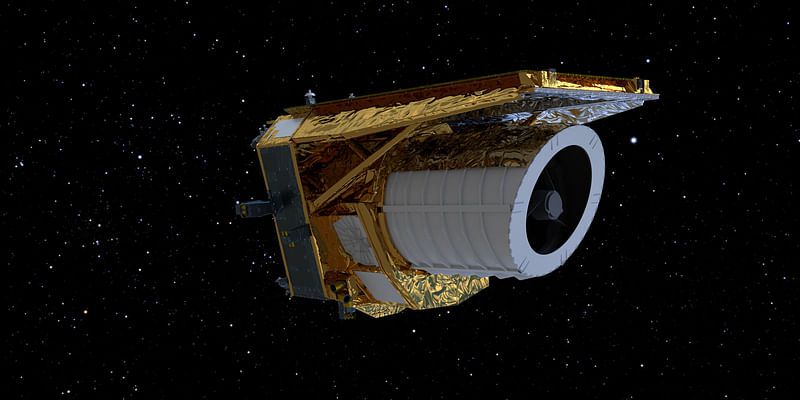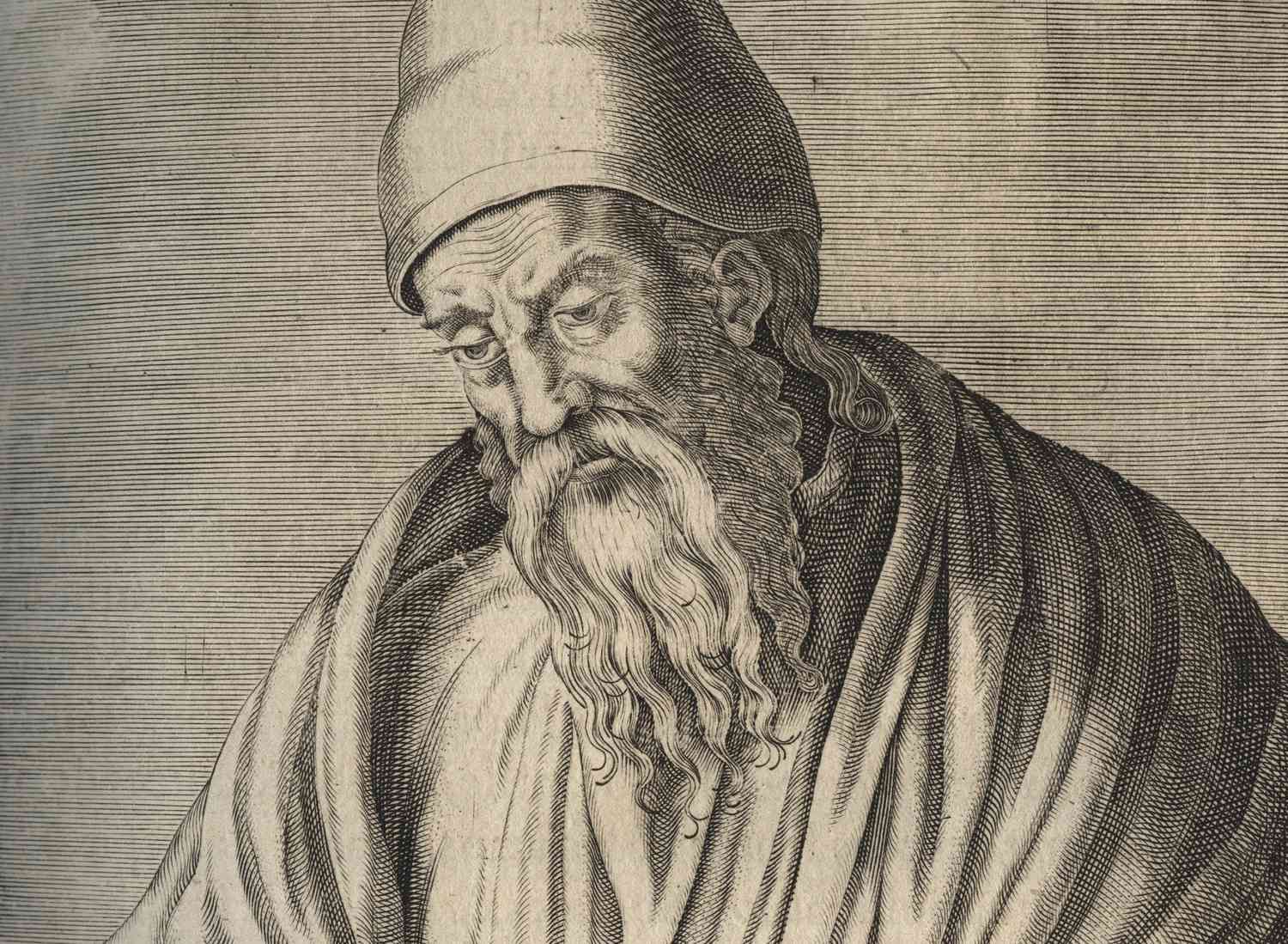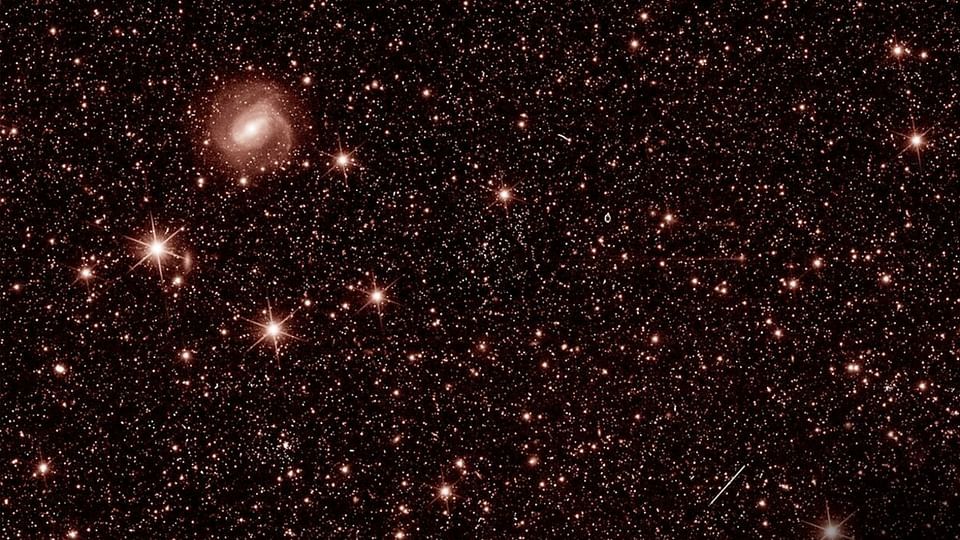
Embarking on an interstellar odyssey, the Euclid mission stands as a beacon in the cosmic dark, illuminating the enigmatic expanse of our universe with precision unheard of until now. As we journey through the cosmos with the Euclid telescope, let’s explore the monumental strides it represents in our quest to unravel the universe’s darkest secrets.

Named after the ancient Greek mathematician Euclid of Alexandria, the Euclid mission embodies the pioneering spirit of its namesake, who is often hailed as the “father of geometry.” His axiomatic approach and methodical contributions laid the groundwork for modern mathematics, mirroring the mission’s aim to provide a fundamental framework for understanding the universe’s structure and the enigmatic forces of dark matter and dark energy.
Euclid: A Cosmic Game Changer
The Euclid telescope is not just another eye in the sky; it’s a revolutionary vanguard in cosmic observation. Its mission is to pierce through the cosmic veil and shed light on the universe’s dark energy and dark matter, which together account for approximately 95% of the universe yet remain shrouded in mystery. By mapping the geometry of the dark universe with unprecedented accuracy, Euclid is set to redefine our understanding of the cosmos.
Unlike its illustrious predecessor, the Hubble Space Telescope, which has captivated us with stunning images of the cosmos since the early 1990s, Euclid is designed with a specific focus on the dark universe. While Hubble has provided invaluable insights into the universe at visible and ultraviolet wavelengths, Euclid’s instrumentation is optimised to probe the cosmic web in visible and near-infrared light, offering a new window into the distribution and evolution of dark matter structures and the properties of dark energy.
The Arsenal of Cosmic Discovery: Euclid’s Instrumentation
Consider Euclid the next-gen explorer in our cosmic quest. While telescopes like Hubble have brought us breathtaking visuals of distant galaxies, Euclid focuses on the unseen. Armed with a sophisticated 1.2-meter Korsch-type telescope and two cutting-edge instruments (VIS for visible light and NISP for near-infrared), these instruments work in concert to capture high-precision images and spectra of millions of galaxies across the universe, tracing their distribution and evolution over cosmic time. This high-fidelity cosmic census will allow astronomers to construct a 3D map of the universe’s dark matter scaffolding and provide insights into the nature of dark energy.
A Symphony of Collaboration: The Global Effort Behind Euclid
The Euclid mission is a testament to international cooperation, uniting the efforts of the European Space Agency (ESA) with contributions from NASA and a consortium of over a dozen countries. This collaborative endeavor harnesses the collective expertise and resources of the global scientific community, demonstrating the power of unity in pursuit of cosmic discovery.
The Dawn of a New Cosmic Era: What the Future Holds

Launched in July 2023, Euclid is still in its early stages, but the data it’s beaming back is already generating excitement. Over the next six years, expect groundbreaking discoveries that could rewrite our textbooks on dark matter and dark energy. Imagine a universe where the “unknown” shrinks significantly, replaced by a clearer picture of the cosmos’ grand design!
In the spirit of Euclid, who charted the course of mathematical exploration, the Euclid mission invites us on an epic journey through the cosmos. As it peels back the layers of the dark universe, we eagerly await the revelations that will rewrite the cosmic storybook. So, let’s strap in and prepare for a voyage that promises to expand our cosmic horizons and propel us into the next frontier of astronomical discovery. The dark universe awaits, and with Euclid as our guide, who knows what cosmic secrets we will uncover?
Edited by Rahul Bansal










